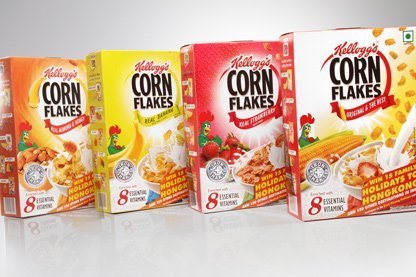While one keeps hearing about the lack of investment in infrastructure and new manufacturing projects in the country, Indian print and packaging companies continue to build new plants and to invest in new technology machinery. By all serious reckoning the current financial year from 1 April 2015 to 31 March 2016 will see a record number of highly configured multicolor offset presses as well as a high number of wide web flexo and gravure presses. A number of manufacturers of packaging films have also announced plans for installing new lines which would most likely be commissioned in 2016-17. Moreover, not only in India but in Bangladesh and Pakistan also, this is likely to be strong year for capacity creation in packaging.
However, in some segments, the order pipeline for 2016-17 is not as strong as it was for the current year. Most of the installs in the current year are based on plans and negotiations that began two years ago and while Indian business has postponed its hopes for the overall economy to look up in the second half of 2016, this cannot be a foregone conclusion. Nevertheless I would hazard a guess that our industry has its own investment momentum – that there is a continuous urge to invest even in the flattest of economic scenarios and 2016-17 is a drupa year, as well.
The optimists who thought that the Modi government would unshackle the economy from the indecisiveness of the previous Congress-led government are quite right to feel disappointed. As Harvard professor Gita Gopinath wrote in Mint on 1 January 2016, “Given India’s large deficit in physical capital, they expected investment to rise as shovel-ready projects were restarted – and surely the new government’s emphasis on ‘Make in India’ would mean new manufacturing projects.
“Sadly investment has not grown. More disturbing, several obstacles blocking its revival remain in place. Private-sector fixed capital investment, as a share of gross domestic product, peaked at 33.6% in 2011-12 and has since trended down to the current low of 28.7% in 2014-15 . . . As for ‘Make in India,’ the reality is capacity creation in manufacturing has suffered a cumulative decline of 35% from its peak in 2011. The cumulative decline in services, at 13% looks moderate in comparison.”
Gopinath goes on to cite three factors holding back investment: major reforms in land acquisition; the continuing financial problems of Indian banks and many large corporations; and thirdly, the real cost of borrowing. She writes, “In terms of the Consumer Price Index (CPI), the real cost of borrowing cash credit from public sector banks rose from 0.75% in the first quarter of 2012 to 5.24% in the third quarter of 2015.”
Neither Gopinath nor Ruchir Sharma (head of Emerging Markets Equity and Global Macro at Morgan Stanley Investment) are optimistic about 2016. Sharma wrote in the Times of India on 27 December 2015, “The world economy is currently growing at its weakest pace since it began recovery in 2009, with global GDP growth for 2015 estimated at 2.5% in real terms. But measured in nominal dollar terms, global GDP will likely contract by about 5% this year. This would be just the third time that the global economy has shrunk in nomial GDP terms since 1980.”
Sharma goes on to write that no sustained economic expansion at a rate like 8% is possible without a major contribution of export growth. “With India’s exports estimated to have fallen by 5% in 2015, little wonder its economy is most likely expanding at a 5 to 6% pace (as opposed to the 7 to 8% growth claimed by the dubious official data).”








